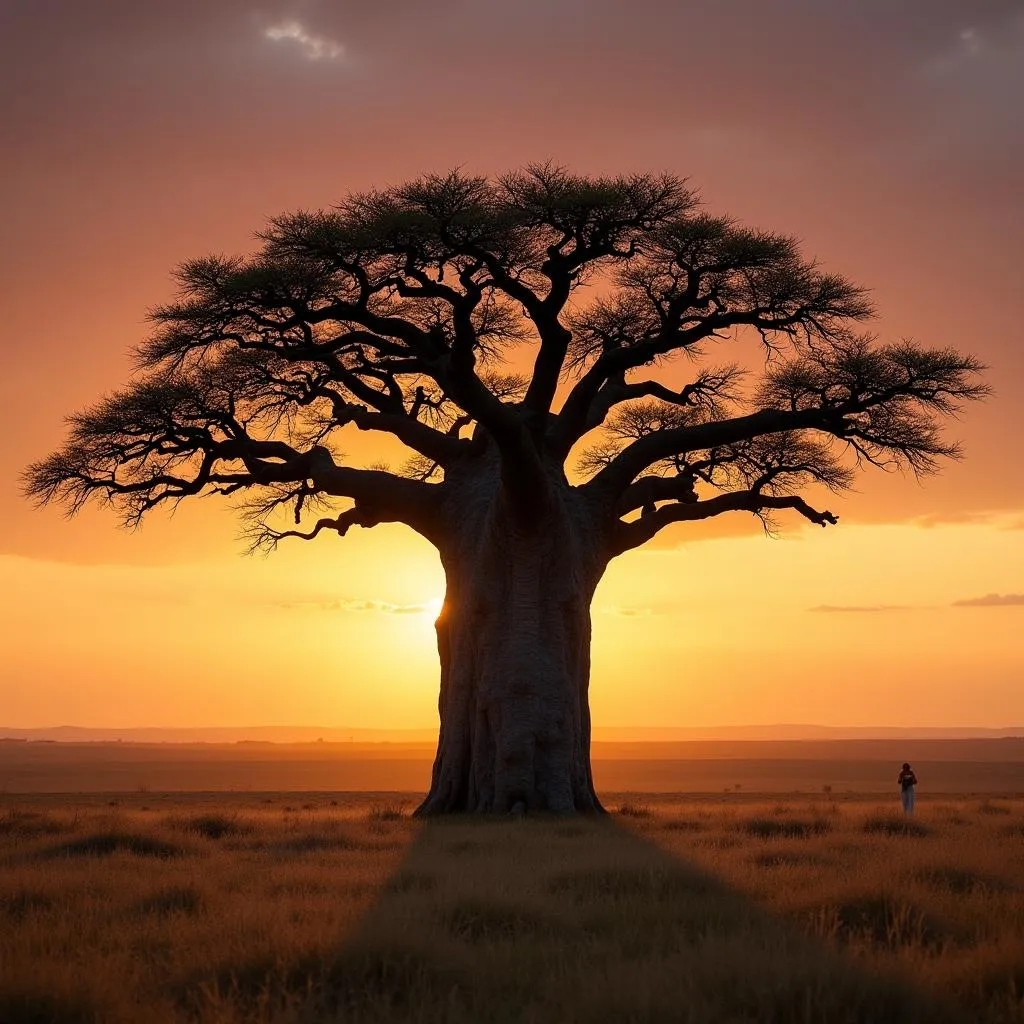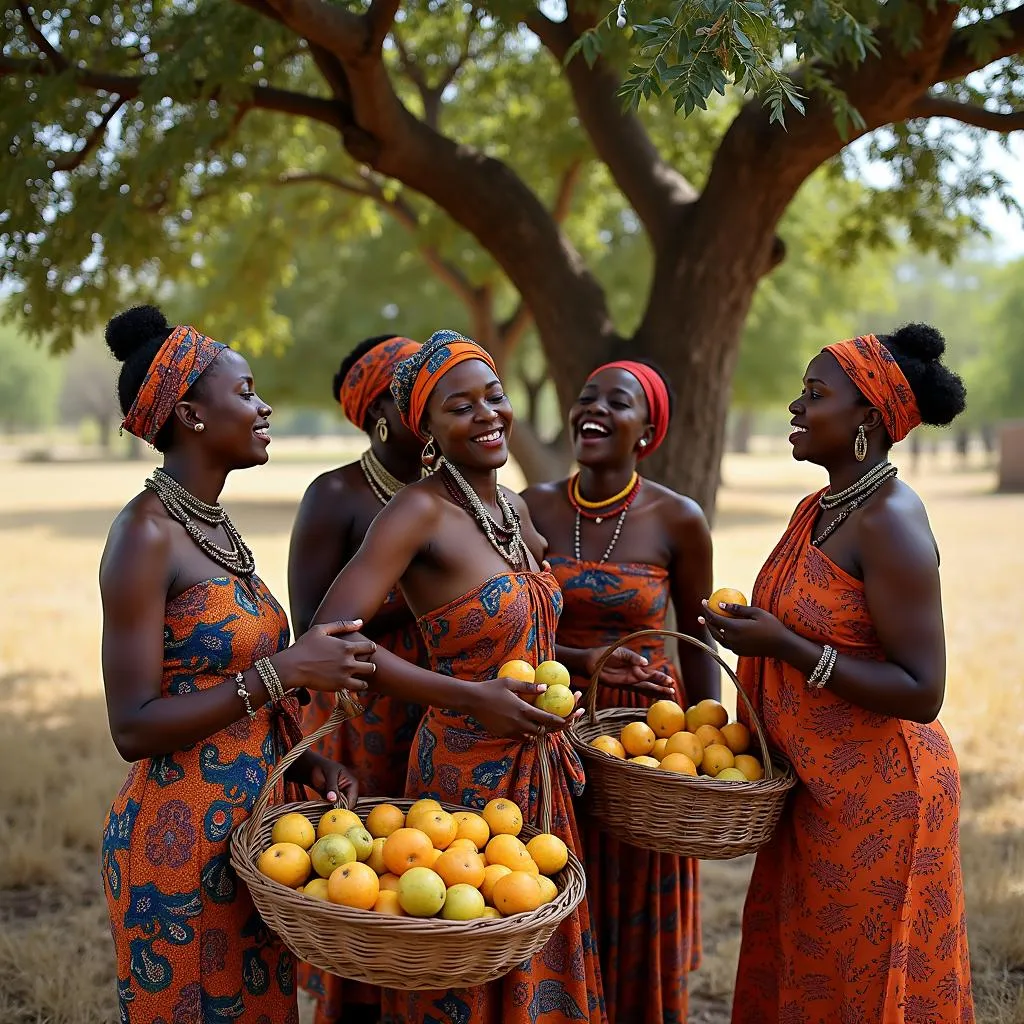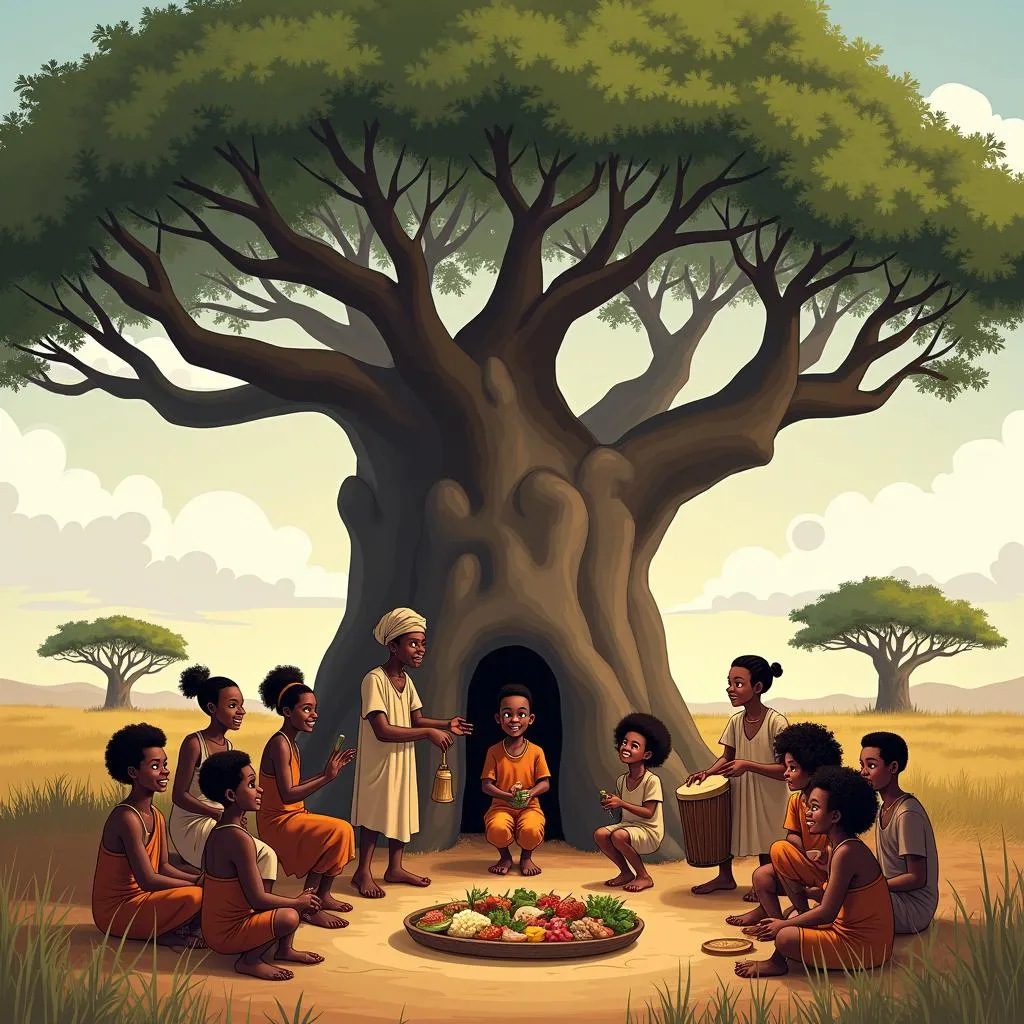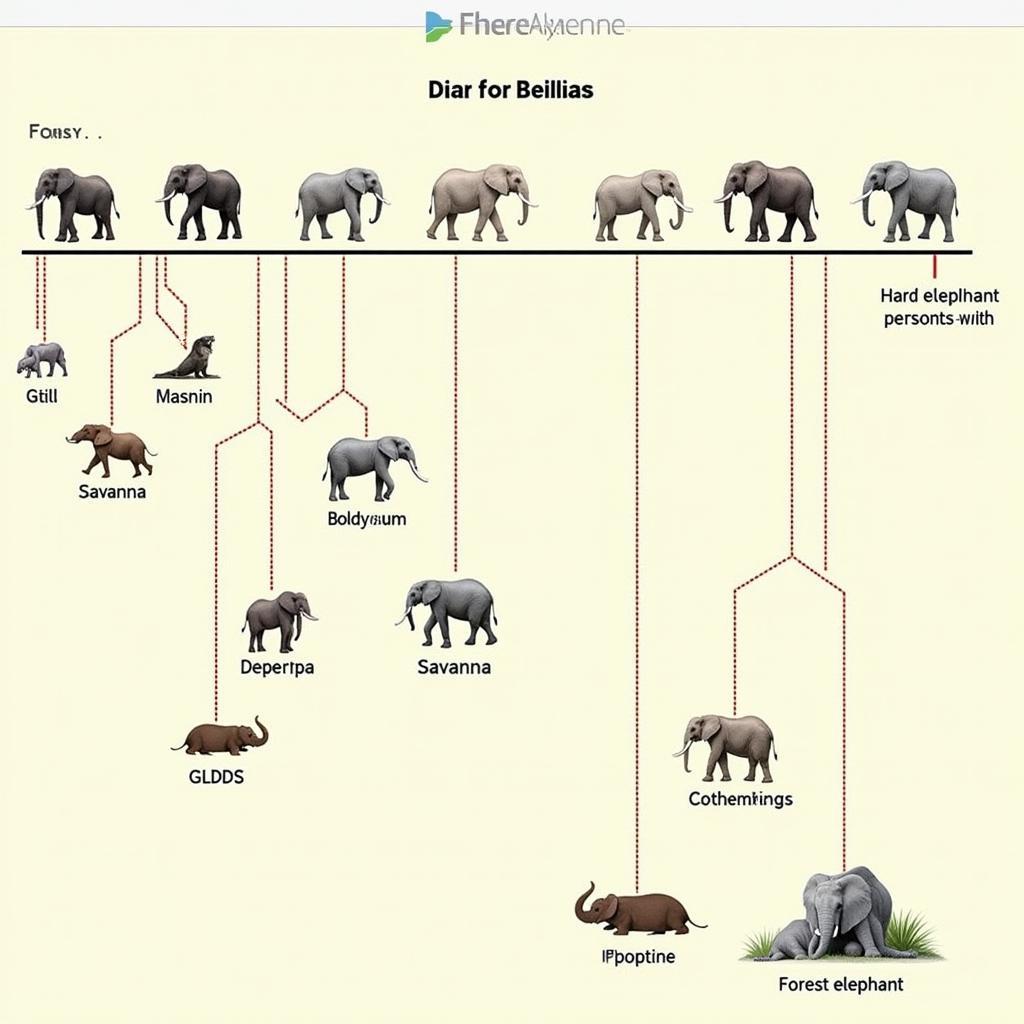A Guide to the Majestic African Fruit Trees
Africa, a continent known for its diverse landscapes and rich biodiversity, is home to a fascinating array of fruit trees. These trees, bearing exotic and nutritious fruits, are not only a source of sustenance for the local population but also play a significant role in the cultural and economic fabric of the continent. From the iconic baobab, a symbol of resilience and longevity, to the marula, renowned for its intoxicating fruit, each tree has a unique story to tell.
Exploring the Diversity of African Fruit Trees
The African continent boasts an astounding variety of fruit trees, each adapted to the specific climatic and ecological conditions of its region. These trees thrive in diverse habitats, from the arid savannas to the lush rainforests, showcasing the continent’s incredible biodiversity.
Baobab: The Tree of Life
The African baobab tree, scientifically known as Adansonia digitata, is an iconic symbol of the African savanna. This majestic tree, with its massive trunk and sprawling branches, can live for thousands of years, making it a testament to the continent’s ancient history. The baobab is often referred to as the “Tree of Life” due to its numerous uses. Its fruit, rich in Vitamin C and antioxidants, is a valuable source of nutrition. The leaves are used for medicinal purposes, while the bark provides fiber for ropes and clothing. You can read more about the African baobab tree life in a separate article.
 Baobab tree in the African savanna
Baobab tree in the African savanna
Marula: The Social Tree
The marula tree, scientifically known as Sclerocarya birrea, holds a special place in African culture. It is often called the “social tree” due to the communal gatherings that occur during its fruiting season. The marula fruit, with its juicy pulp and sweet-tart flavor, is enjoyed fresh, used to make jams and jellies, and even fermented into a potent alcoholic beverage. The tree also holds cultural significance in many African communities, often associated with fertility and good fortune.
 Marula fruit harvest celebration
Marula fruit harvest celebration
Other Noteworthy African Fruit Trees
Beyond the baobab and marula, numerous other fruit trees contribute to the richness of the African landscape.
-
Mango (Mangifera indica): Originally from South Asia, the mango tree has found a second home in Africa, thriving in various parts of the continent. The sweet and juicy mango fruit is a beloved treat, enjoyed fresh or used in various culinary creations.
-
Citrus Trees: Africa is a significant producer of citrus fruits, including oranges, lemons, limes, and grapefruits. These trees flourish in the continent’s tropical and subtropical regions, providing refreshing and vitamin-rich fruits.
-
African Star Apple (Chrysophyllum albidum): This evergreen tree produces a unique star-shaped fruit with a sweet, milky pulp. The African star apple is a good source of vitamins and minerals, often enjoyed fresh or used in traditional medicines.
The Cultural Significance of African Fruit Trees
African Fruit Trees are not merely sources of food; they are deeply intertwined with the cultural and spiritual beliefs of many communities. These trees hold symbolic meanings, often associated with life, fertility, and prosperity.
In many African cultures, specific trees are considered sacred and are often found at the center of villages or used as gathering places for community events. The baobab, for example, is often seen as a symbol of wisdom and longevity, its massive trunk believed to house the spirits of ancestors.
 African village gathering under a baobab tree
African village gathering under a baobab tree
These trees are also central to various rituals and ceremonies. For instance, the marula fruit harvest is often celebrated with festivities and traditional dances, honoring the tree’s generosity and its role in sustaining the community.
The Future of African Fruit Trees
African fruit trees, with their nutritional and cultural value, hold immense potential for contributing to the continent’s development. As sources of food, medicine, and raw materials, these trees can play a crucial role in enhancing food security, improving livelihoods, and promoting sustainable practices.
However, these valuable resources are facing increasing threats from climate change, deforestation, and unsustainable agricultural practices. Protecting and preserving these trees is essential for ensuring the well-being of both people and the environment.
Efforts are underway to promote sustainable harvesting methods, conserve genetic diversity, and raise awareness about the importance of these trees.
Conclusion
African fruit trees are more than just sources of sustenance; they are living embodiments of the continent’s rich biodiversity, cultural heritage, and the deep connection between people and nature. By understanding and appreciating these trees, we can contribute to their preservation and ensure that they continue to nourish and inspire generations to come.
FAQ
1. What is the most common fruit tree in Africa?
While Africa boasts a diverse range of fruit trees, the mango tree is one of the most commonly found, thriving in various parts of the continent.
2. What is the significance of the baobab tree in African culture?
The baobab, often called the “Tree of Life,” holds significant cultural and spiritual value in Africa. It is seen as a symbol of wisdom, longevity, and a connection to ancestors.
3. How do African fruit trees contribute to the economy?
Beyond providing sustenance, African fruit trees contribute to the economy through the production of fruits for local consumption and export, raw materials for various industries, and traditional medicines.
You might also like
- [African elephant where do they live](https://omenkamag.com/african-elephant-where-do-they live/)
- African animals names a-z
- African elephant weight
Need help? Contact us at +255768904061, kaka.mag@gmail.com or visit us at Mbarali DC Mawindi, Kangaga, Tanzania. We are available 24/7.


